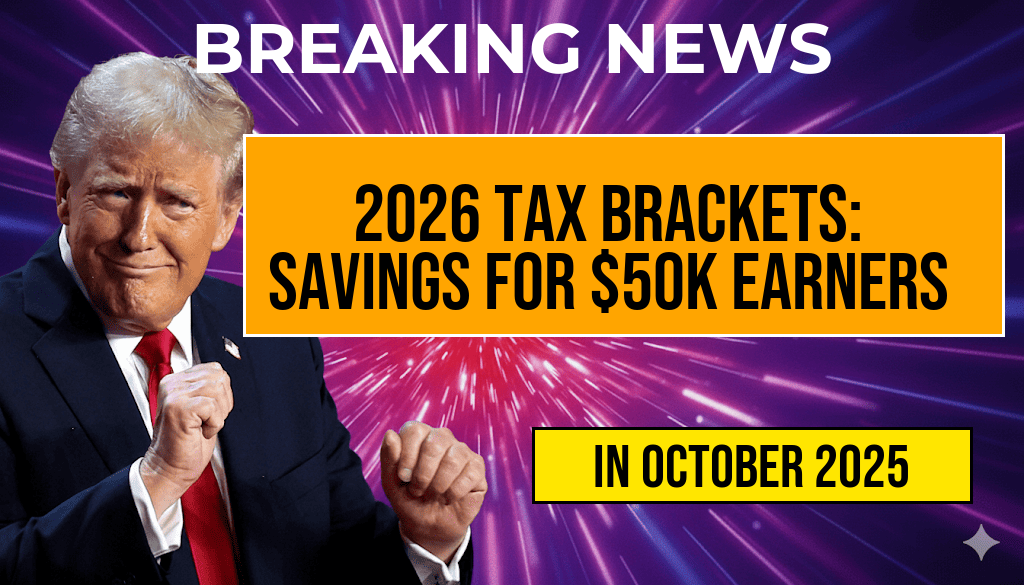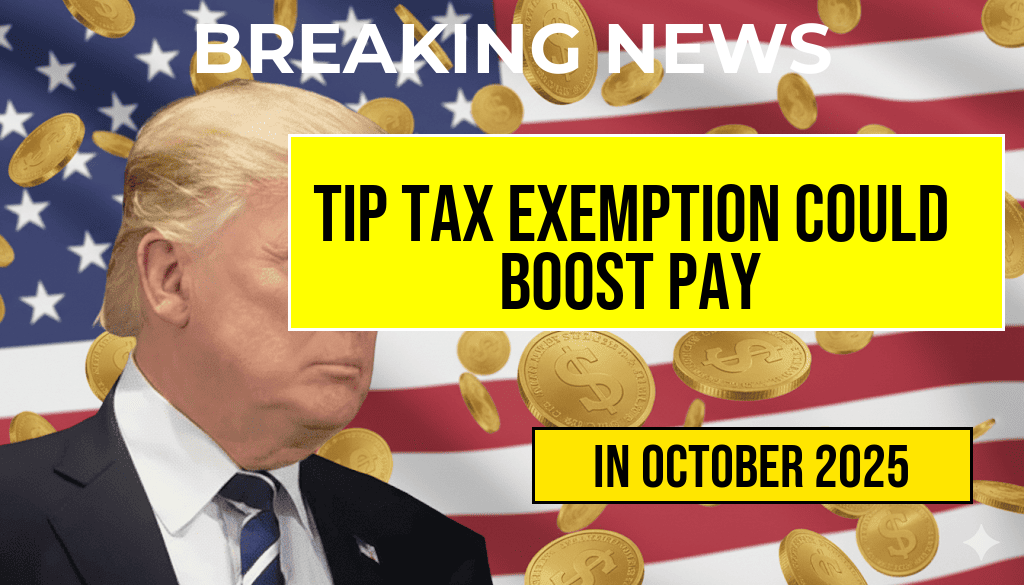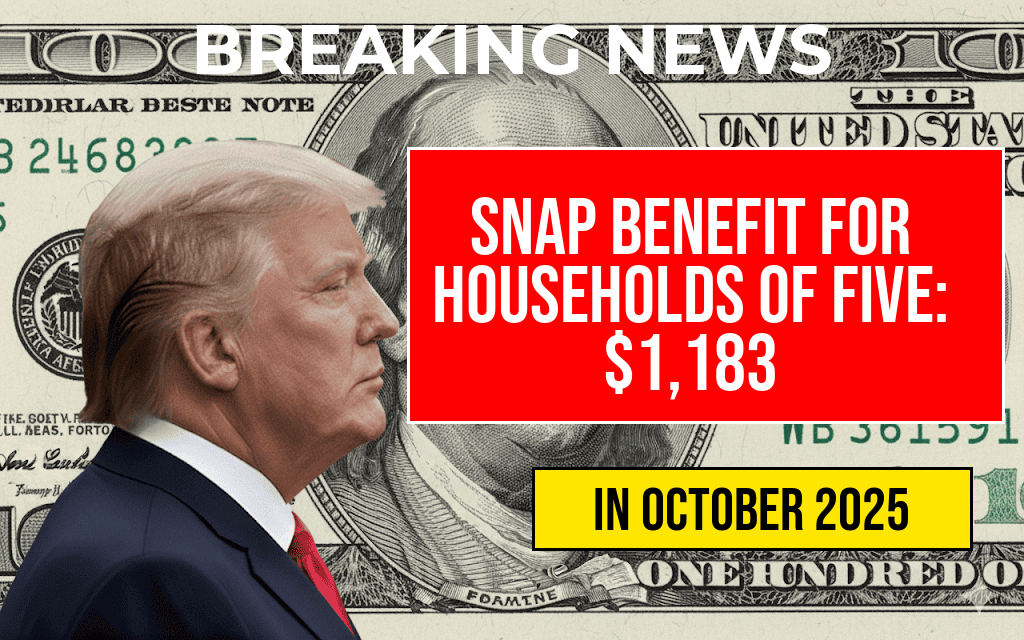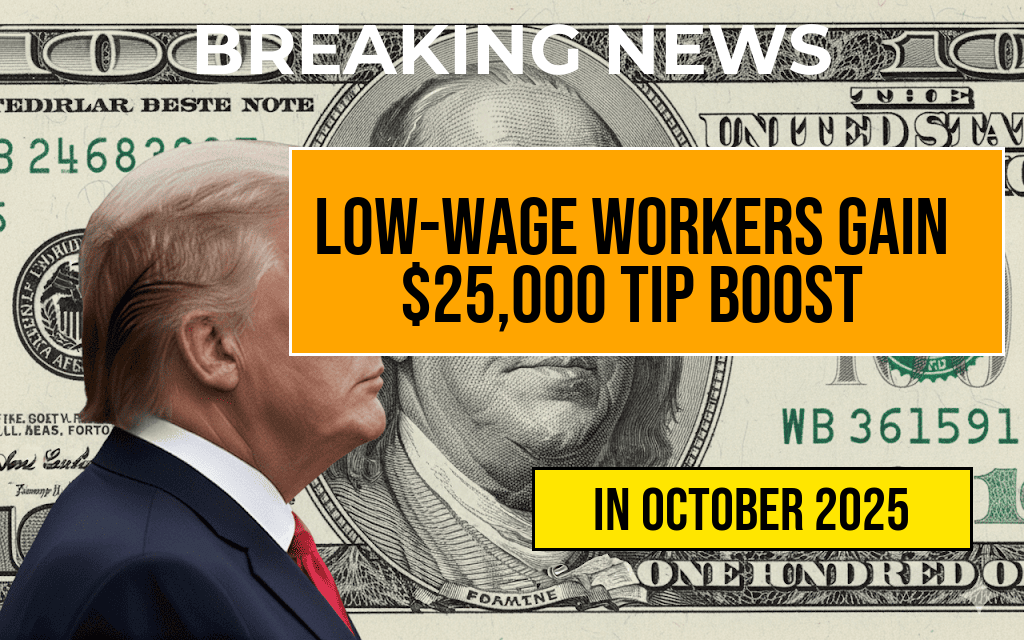As the U.S. government prepares for the upcoming tax reforms slated for 2026, projected changes to tax brackets are expected to significantly benefit middle-income earners. Individuals earning around $50,000 annually could see savings of hundreds of dollars, thanks to a proposed drop in the top tax rate to 12%. This reduction is part of a broader initiative aimed at easing the fiscal burden on everyday Americans while stimulating economic growth. The implications of these changes are profound, particularly for those navigating the complexities of federal income tax obligations. Understanding the new tax landscape is crucial for taxpayers seeking to optimize their financial planning and take advantage of potential savings.
Understanding the Proposed Tax Brackets
The Tax Cuts and Jobs Act (TCJA) of 2017 significantly reshaped the tax landscape, and its modifications are set to evolve further by 2026. Under the current framework, the tax brackets for individual filers are structured progressively, meaning that higher income levels are taxed at higher rates. The projected adjustments will see the top rate for income between $44,726 and $95,375, presently at 22%, reduced to a more manageable 12%.
Projected Tax Bracket Changes
| Income Range | Current Tax Rate | Projected Tax Rate (2026) |
|---|---|---|
| $0 – $10,275 | 10% | 10% |
| $10,276 – $44,725 | 12% | 12% |
| $44,726 – $95,375 | 22% | 12% |
| $95,376 – $182,100 | 24% | 24% |
Impact on Middle-Income Earners
The anticipated reduction in the tax rate for the $44,726 to $95,375 income bracket means that an individual earning $50,000 could see a decrease in their federal income tax liability. Currently, under the 22% tax rate, a taxpayer in this bracket pays approximately $6,500 in taxes. With the adjustment to 12%, that same individual would owe roughly $3,000, resulting in a savings of about $3,500.
- Increased disposable income: The tax savings will allow taxpayers to allocate more funds to savings, investments, or consumer spending.
- Encouragement of economic growth: By reducing the tax burden, the government aims to stimulate the economy through increased consumer spending.
- Greater financial flexibility: Lower taxes can provide families with the means to invest in education, homeownership, and other long-term goals.
Broader Economic Implications
The proposed tax changes are not only beneficial for individual taxpayers but also for the economy as a whole. By putting more money back into the hands of consumers, the government hopes to spur economic growth and increase overall demand. As individuals have more disposable income, they are likely to spend more, benefiting local businesses and contributing to economic revitalization.
Considerations for Tax Planning
With these upcoming changes, taxpayers should begin to consider their financial strategies. Consulting with tax professionals can help individuals understand how to best position themselves to take advantage of the new tax brackets. Additionally, taxpayers should remain informed about any further modifications to the tax code that may arise as the 2026 deadline approaches.
- Review tax withholding: Adjusting withholding allowances may help align tax payments with projected tax liabilities.
- Maximize retirement contributions: Increasing contributions to retirement accounts can reduce taxable income while preparing for the future.
- Stay updated on tax laws: Regularly checking reliable sources like the IRS and financial news outlets will keep taxpayers informed of any changes.
For more detailed information about the current tax brackets and proposed changes, taxpayers can refer to resources such as Forbes and the Wikipedia entry on U.S. taxation.
Frequently Asked Questions
What are the projected tax brackets for 2026?
The projected tax brackets for 2026 indicate a significant change, with the top rate dropping to 12% for many earners, including those making $50,000 annually.
How will the new tax brackets impact someone earning $50,000?
Individuals earning $50,000 are expected to save hundreds of dollars annually due to the lowered top tax rate, allowing for more real gains in their take-home pay.
What benefits come from the decrease in the top tax rate?
The decrease in the top tax rate to 12% is designed to benefit middle-income earners, promoting economic growth and increasing disposable income for households earning around $50,000.
When will these new tax brackets take effect?
The new tax brackets are projected to take effect in 2026, pending any legislative changes that could alter the current tax structure.
Are there any other tax reforms expected alongside the new brackets?
While the focus is on the new tax brackets, additional reforms may accompany the changes, but specific details have yet to be finalized. Observers should keep an eye on proposed legislation leading up to 2026.






